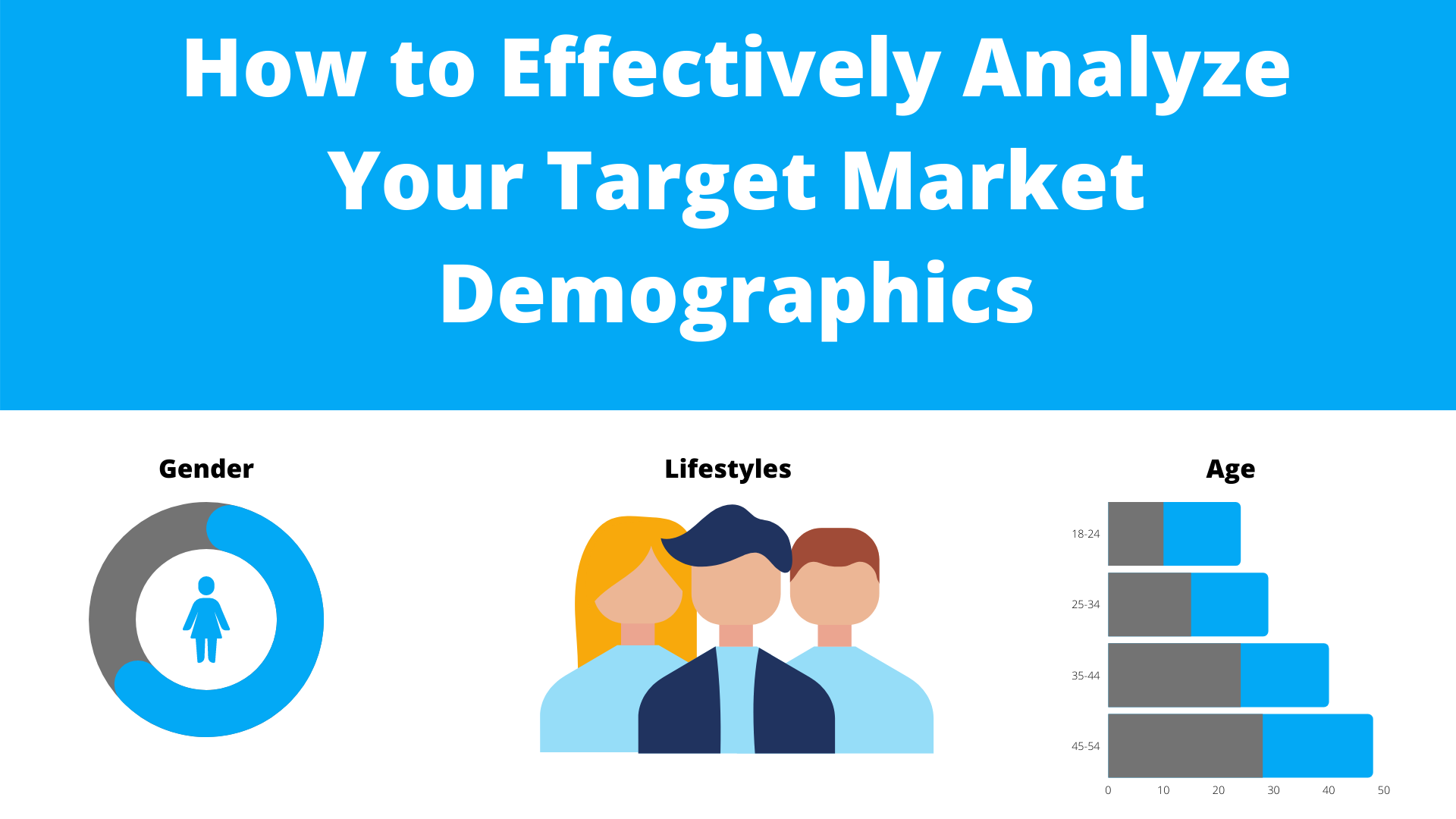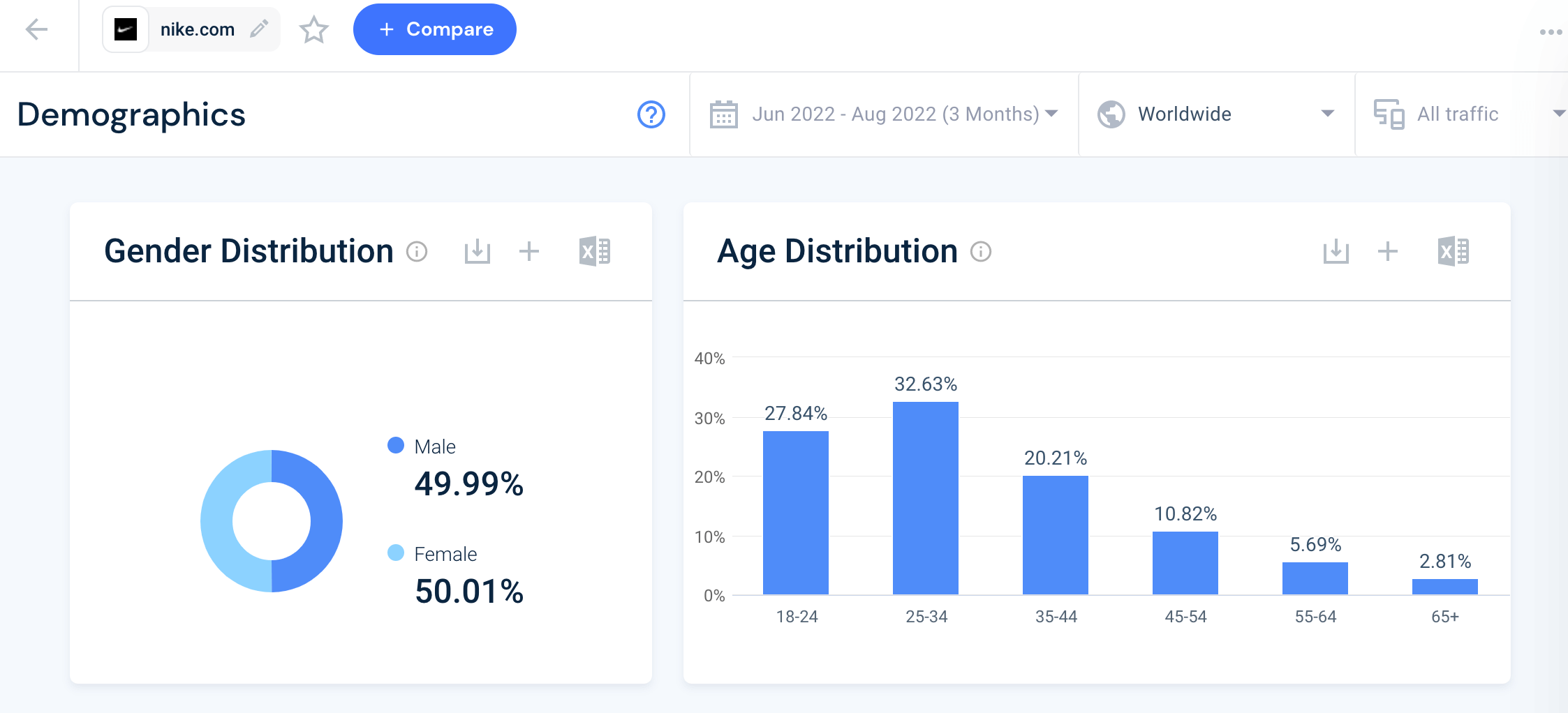Demographics of a target audience include age, gender, income, education, occupation, and geographic location. These factors help identify and understand the audience.
Understanding the demographics of your target audience is crucial for effective marketing. Age and gender provide insights into preferences and behaviors. Income and education levels indicate purchasing power and interests. Occupation helps in tailoring messages that resonate with professional needs.
Geographic location influences cultural and regional preferences. By analyzing these demographic factors, businesses can create targeted marketing strategies. This ensures products and services reach the right audience. Tailored marketing messages lead to better engagement and higher conversion rates. Effective demographic analysis ultimately drives business growth and customer satisfaction.

Credit: tactycs.io
Demographics In Marketing
Different age groups buy different things. Young people like new and trendy products. Older people prefer practical and useful items. Brands must know their audience’s age. This helps in making the right products. Children often like toys and games. Teenagers might go for fashion and tech gadgets. Adults look for home goods and services. Seniors may need health-related products.
Gender plays a big role in marketing. Men and women often have different interests. Men might be more interested in sports gear. Women could prefer beauty products. Advertisements often target a specific gender. This helps to attract the right buyers. Some products are gender-neutral. These can appeal to both men and women.
Income And Education Level
People with higher incomes can buy more things. They have more money to spend. They often choose higher quality products. Brands targeting these groups should offer premium items. Lower-income groups may look for cheaper options. They focus on saving money.
People with more education often make informed choices. They read reviews and do research before buying. They value quality and brand reputation. Less educated groups may not do much research. They can be influenced by ads and promotions more easily.
Geographic Location Matters
Urban consumers often seek fast, convenient products. They value technology and quick services. Rural consumers prefer local, trusted brands. They focus on community and personal connections. Marketing strategies should reflect these differences.
Each region has its own cultural norms. These norms impact buying decisions. Regional trends can influence what products are popular. Understanding these trends helps in targeting the right audience. Brands must respect local cultures to build trust.

Credit: waypointmc.com
Family Structure Dynamics
Single people often have more disposable income. They may spend more on entertainment and travel. Married individuals might focus on home-related products. They could also prioritize family-oriented services. Understanding these differences helps target marketing efforts better.
Families with children usually have different needs. They often spend more on education and healthcare. Child-friendly products become a priority. They might also be interested in larger homes or vehicles. Marketers should cater to these specific needs to attract such families.
Ethnicity And Consumer Identity
Brands must respect cultural diversity. Use images and symbols that reflect the target audience’s values. Avoid stereotypes and offensive content. Ensure messages are inclusive and respectful. This builds trust and brand loyalty.
Ethnic markets often seek specific products. These products cater to their unique needs. Examples include cultural foods and traditional clothing. Focusing on these niches can boost sales and brand recognition. Tailor marketing strategies to highlight these distinct features.
Using Demographics To Craft Marketing Messages
Personalization helps connect with your audience. Knowing age, gender, and location matters. Messages should fit their interests and needs. Segmentation divides the audience into small groups. Each group gets unique content. This approach improves engagement and conversion rates.
Predictive analytics uses data to predict future actions. It helps identify trends and patterns. Marketers can forecast customer behavior. This leads to better targeting and higher ROI. Using demographics with predictive analytics enhances campaign effectiveness.

Credit: www.similarweb.com
Frequently Asked Questions
What Is An Example Of A Target Demographic?
An example of a target demographic is women aged 25-35 living in urban areas, interested in fitness and wellness.
What Is A Demographic Of An Audience?
A demographic of an audience refers to specific characteristics like age, gender, income, education, and location. These traits help in identifying and understanding the target audience for marketing and content strategies.
What Are 4 Specific Demographics Used To Describe A Target Market?
The four specific demographics used to describe a target market are age, gender, income level, and education level.
What Are The Four Types Of Target Audiences?
The four types of target audiences are demographic, geographic, psychographic, and behavioral. Demographic targets age, gender, income. Geographic focuses on location. Psychographic looks at lifestyle, values. Behavioral considers purchasing habits.
What Are Demographics In Marketing?
Demographics are statistical data about a population’s characteristics like age, gender, income, and education.
Conclusion
Understanding the demographics of your target audience is crucial for effective marketing. It helps tailor your message precisely. Focus on age, gender, location, and interests to connect better. Analyzing these factors can significantly improve your engagement and conversion rates. Always keep your audience’s preferences in mind for optimal results.
